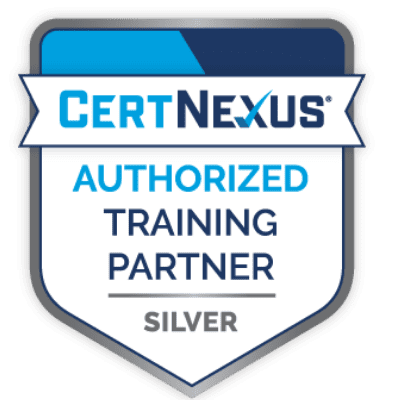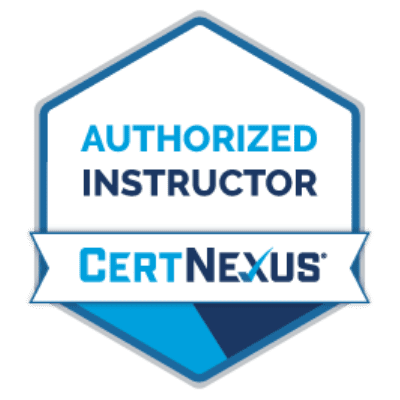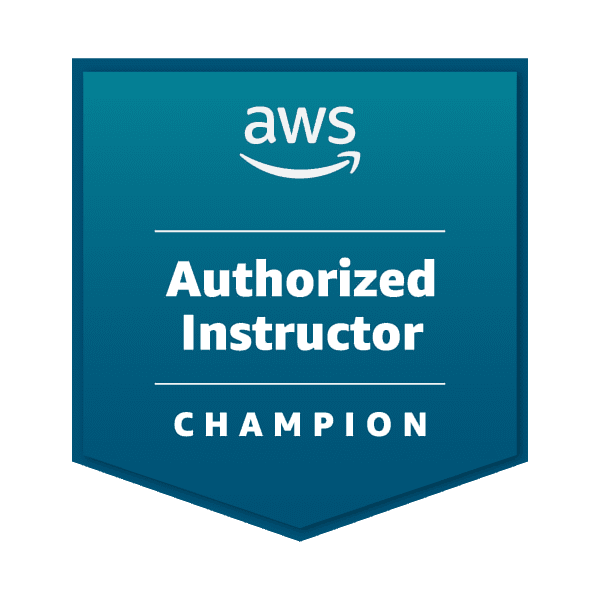CyberSAFE-510 Is Here: What’s New and Why It Matters
Cybersecurity awareness training just took a meaningful leap forward. The new CyberSAFE-510 (CBS-510) exam and...
Developing on AWS equips professional developers with the skills and mental models required to deliver production-grade software on the AWS platform. Rather than treating AWS as a set of disjointed services, this course shows how to compose those services into cohesive architectures that are secure by design, observable by default, and engineered for change.
We begin by establishing a developer’s toolkit for the cloud: using the AWS SDK and CLI effectively, authenticating with IAM Identity Center or access keys, and adopting patterns that keep credentials secure. You will practice working with core building blocks—Amazon S3 for durable object storage, Amazon DynamoDB for low-latency NoSQL data access, and Amazon RDS for relational needs—and learn when to choose each based on consistency, throughput, and cost profiles.
From there, we move into modern application integration. You will build stateless compute with AWS Lambda, front it with Amazon API Gateway, and coordinate business flows with AWS Step Functions. We’ll decouple components using Amazon SQS and Amazon SNS, discuss idempotency and retries, and implement patterns that gracefully handle partial failures. For teams standardizing on containers, we’ll compare Amazon ECS and Amazon EKS from a developer workflow perspective and show how to integrate them with managed data and messaging services.
Security is woven through every module. You will apply IAM policies with least privilege, protect data with KMS-backed encryption, handle secrets properly with AWS Secrets Manager and Parameter Store, and instrument services for auditability. We also focus on performance and cost—caching with Amazon CloudFront and DynamoDB Accelerator (DAX), selecting the right compute and database capacity models, and using cost-aware design to avoid bill shock.
Shipping matters. You’ll implement CI/CD using AWS CodeCommit, CodeBuild, and CodePipeline (and see how to bring in GitHub or GitLab). For infrastructure, we compare AWS CloudFormation and the AWS Cloud Development Kit (CDK), emphasizing reviewable, testable deployments. Observability is made concrete with Amazon CloudWatch metrics and logs, AWS X-Ray tracing, and structured logging that turns production into a feedback loop for developers.
Every day includes hands-on labs that reinforce learning: building a serverless API with authentication, event-driven processing with durable retries, and an automated pipeline that validates, deploys, and rolls back applications. We conclude with a capstone exercise that ties together security, resiliency, and automation into a cohesive release. Graduates leave with working code, deployable patterns, and a roadmap to the AWS Certified Developer – Associate exam.
Professional software developers and backend engineers building or modernizing cloud applications
DevOps engineers and SREs who support developer workflows on AWS
Technical leads who design application architectures and developer tooling on AWS
Day 1 — Developer Foundations on AWS
The developer toolkit: SDK, CLI, auth flows, profiles, and credential hygiene
Data foundations: S3 patterns (static assets, presigned URLs), DynamoDB design (keys, GSIs, TTL), RDS connectivity and pooling
Secure coding on AWS: least-privilege IAM, encryption at rest/in transit, secrets and configuration
Lab: Build a secure data access layer with the AWS SDK and parameterized configuration
Day 2 — Building Cloud-Native Services
Serverless services: Lambda runtimes, packaging, concurrency, and cold-start strategies
API patterns: REST with API Gateway, auth with Cognito/JWT, validation, and throttling
Event-driven design: SQS/SNS fan-out, retries, DLQs, idempotency; Step Functions orchestration
Containers in context: when to choose ECS vs. EKS for developer workflows
Lab: Event-driven order processing pipeline with durable retries and observability
Day 3 — Ship It: Automation, IaC, and Observability
CI/CD on AWS: CodeCommit/CodeBuild/CodePipeline; integrating GitHub Actions or GitLab CI
Infrastructure as Code: CloudFormation vs. CDK, stacks, change sets, and testing
Observability and operations: CloudWatch metrics/logs/alarms, X-Ray tracing, structured logging
Cost & resiliency reviews: performance tuning, caching, timeouts, and chaos-ready patterns
Capstone Lab: End-to-end deployment of a secure, observable, cost-aware application
Proficiency in at least one high-level programming language (e.g., Python, Java, TypeScript/JavaScript, C#)
Familiarity with Git workflows and basic command-line usage
Working knowledge of core AWS concepts (compute, networking, storage) or equivalent hands-on experience
Recommended (not required): prior completion of an AWS foundations course or the AWS Certified Cloud Practitioner level



Book a free 50-minute consultation and discover how your organization can optimize its learning strategy.
Cybersecurity awareness training just took a meaningful leap forward. The new CyberSAFE-510 (CBS-510) exam and...
AWS has officially announced its newest addition to the certification family — AWS Certified Generative AI Developer – Professional. A full AWS Generative AI Developer – Professional study guide and instructor-led beta preparation course will launch here soon.